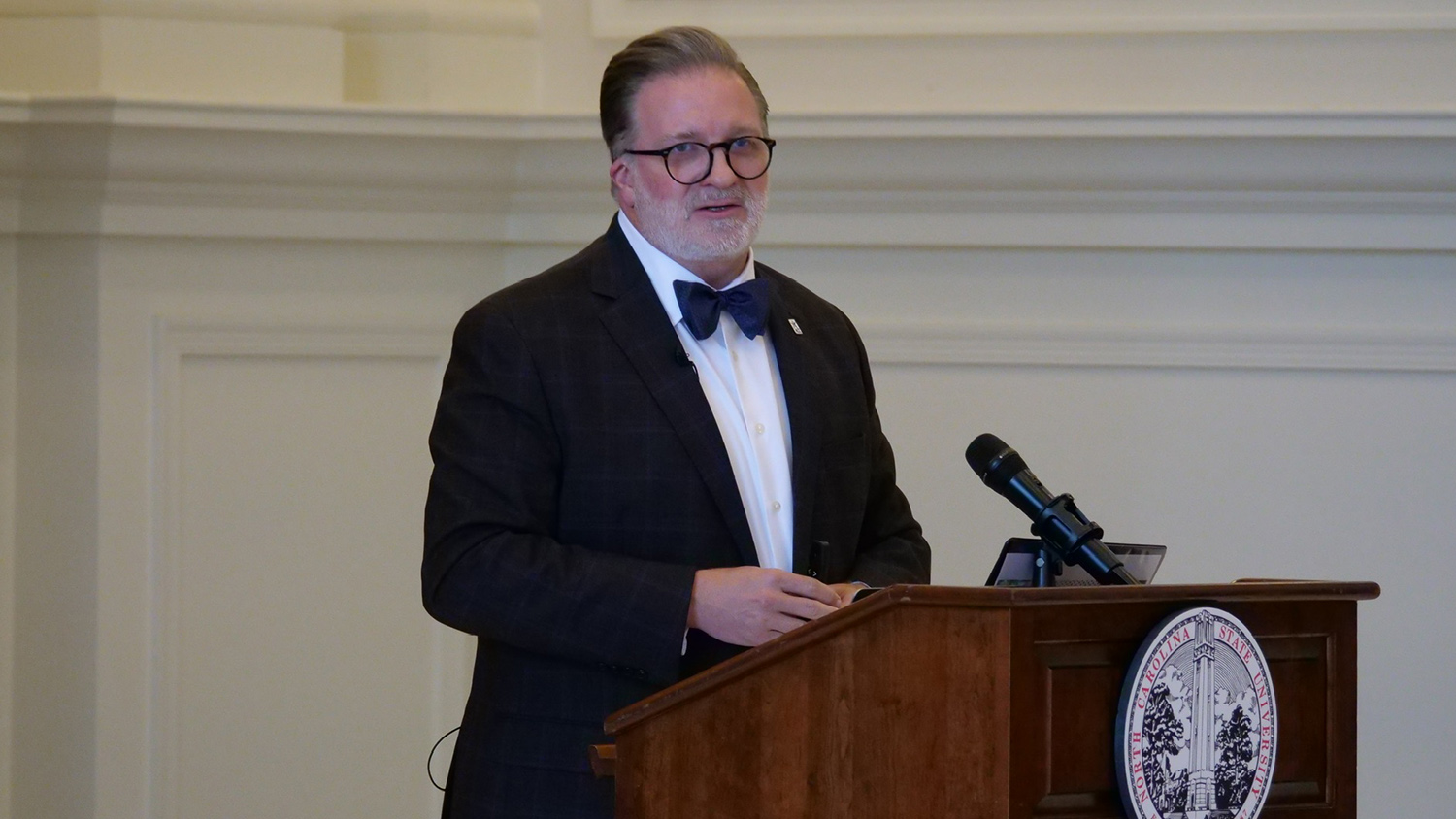Assistant Professor Jenn Ayscue, Doctoral Student Victor Cadilla Explore Potential of Two-way Dual Language Immersion Programs as Desegregation Tool in Essay, Study

Despite schools in the United States becoming increasingly linguistically and ethnically diverse, school desegregation has been on a decline since hitting a peak in the 1980s, according to research. Now, NC State College of Education Assistant Professor Jenn Ayscue and doctoral student Victor Cadilla are exploring the potential of two-way dual language immersion (DLI) programs to diminish segregation, particularly for multilingual learners.
Ayscue and Cadilla, who is earning his Ph.D. in the Educational Leadership, Policy, and Human Development educational evaluation and policy analysis concentration, are the co-authors of “Integration and Immersion: The Potential of Two-Way Dual Language Immersion Programs to Foster Integration. Published by the American Institutes for Research (AIR) as part of the Integration and Equity 2.0: New and Reinvigorated Approaches to School Integration series, the essay examines the challenges and necessary research and policy supports needed for DLI programs to succeed as an integration strategy.
“I think Dr. Ayscue and I both really care about the idea of integrating schools in general and talking about this relatively novel way of doing it, through DLI programs, could be a viable way of achieving those goals,” Cadilla said. “As a tool for desegregation, I think this is unique and can promote integration in a multi-ethnic, multi-racial kind of way.”
Currently, North Carolina ranks among the top five states in the nation for dual-language immersion programs, with more than 200 Spanish DLI programs alone and others centered around languages like Mandarin and French. Two-way DLI programs, ideally, will have a student population that is 50% native speakers of the program’s language and 50% native English speakers.
Because of this, the essay argues that two-way DLI programs have a unique opportunity to bring together linguistically diverse populations and, as a result, facilitate racial and socio-economic desegregation.
“Many schools across the state and the nation are deeply segregated and multilingual learners often experience triple segregation in that they are segregated by race, class and language,” Ayscue said. “Two-way dual language immersion programs provide an asset-based approach to education and seek to bring together linguistically diverse student populations. I hope that our work brings additional attention to the potential of two-way immersion programs to facilitate integration.”
Following the publication of their essay, the American Institutes for Research awarded grant funding to Ayscue and Cadilla to further explore the potential of two-way DLI programs as a tool for integration.
Through this project, the pair will examine how diverse current two-way DLI programs in North Carolina are as well as conduct interviews with parents to determine what attracted them to the programs for their children.
“There hasn’t been a lot of research done on these programs yet, so we’re at the beginning of trying to understand whether these kinds of programs can be used for desegregation and integration and what could make them sustainable in actually doing so,” Cadilla said.
For Cadilla, the collaboration with Ayscue on both the essay and subsequent study are helping to prepare him for his work after graduation.
A former history teacher in Durham, Cadilla says he appreciates the learning experiences he is gaining through these collaborations as he works to earn his Ph.D. and how they are helping him to develop valuable skills he will need for the next phase of his career.
Ayscue said it’s important to her to collaborate with students in her academic work not only because a diversity of thought and expertise can strengthen the knowledge constructed through research, but also because she experienced the impacts of these opportunities herself as a doctoral student at the University of California, Los Angeles and hopes to provide the same experiences for her own students.
“When I was a doctoral student at UCLA, I had extraordinary opportunities to collaborate on research with my advisors, Gary Orfield and Patricia Gándara, and many other scholars, including Erica Frankenberg and Genevieve Siegel-Hawley. Through these opportunities, I learned so much about school integration and about how to conduct rigorous research that has a real-world impact. I hope that I’m able to provide similar types of opportunities for doctoral students to learn about the topic we’re researching and the process of doing research,” she said.
- Categories:


